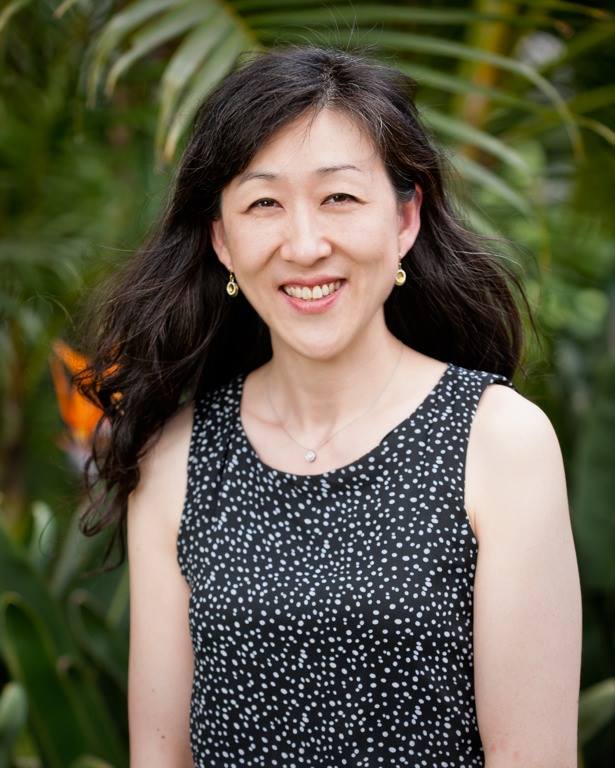I had such a terrible flu that I had no idea that snowstorm Nemo was predicted. However, when it hit, everyone in its path knew that Nemo was here.
That path was similar to the track Hurricane Sandy took just a few months ago. So those who were devastated by the hurricane were also snowed in by Nemo.
Even though many are posting beautiful, snow-filled pictures on social media, the blizzard was damaging.
For many who are just beginning to recover from Hurricane Sandy, Nemo was another blow to their steps toward rebuilding their lives.
With Nemo came at least nine reported deaths, 635,000 people without power, 38 inches of snow in some areas, and winds up to 75 mph in other places. It was a rough blizzard.
Some are still trapped in their homes, as no slow plough removal service has been able to clear their roads or their driveways. Others are without power in temperatures much lower than when Sandy hit in the fall.
Some may think that these strange weather patterns and freakish storms are a statistical anomaly and everything will return to normal next year. But more of us are realizing that these climate changes are a result of our ways of living.
Due to globalization and the strong desire for more material goods, which creates polluting industries in countries with no strong anti-pollution legislation, we are creating new environmental problems by altering the global ecological balance.
There is a direct relation between our lifestyle and the environmental changes occurring all around us.
In response, environmental leaders who are acutely conscious of the many after-the-fact environmental problems caused by human endeavors – that is, consequences not anticipated at the time of a project’s inception – have proposed an environmental policy known as “the precautionary principle.”
This principle, already adopted by Germany and Sweden, establishes that if it is determined that a product or practice raises significant threats to human health or the environment, action may be taken to restrict, delay or prohibit that product or practice.
This is a good principle to live by. Perhaps it should be adopted by all the industrial countries and put into practice immediately.
Individuals also should adopt this principle. If we learn that our actions harm the environment, we should consider twice before engaging in them.
If every one of us will make small, positive changes in how we live, the impact can be huge on this planet. The starting point is to learn more about what kind of behavior is harmful to the environment.
We need to ask ourselves, how many more storms must we experience before we realize that we are part of this problem?
How many more lives have to be lost before we change our habits of living as if we can do whatever we wish on this planet without considering the consequences?
Storms will always seem to have a mind of their own, and storms will continue to take lives. But by following “the precautionary principle,” you can be at peace knowing that you are not giving these monsters of weather any assistance.
We need to remember that we only have one planet, one earth, and we need to take care of everything in it.
Grace Ji-Sun Kim is associate professor of doctrinal theology at Moravian Theological Seminary in Bethlehem, Penn. Her writings can be found on her website.

